A new era for an ancient drink: otoso
“By eating and drinking to celebrate the calendar, it sets a good rhythm in life,” says Kakuro Sugimoto, a Tokyo-based pharmacist and herbal medicine specialist, "When I drink otoso, I feel like the new year begins."
With fond memories of sipping ponche in Mexico and mulled wine in England during the festive season, I wondered if Japan had such a tradition – and came across ‘otoso’, a spiced sake drunk as part of New Year celebrations.
At the core of otoso is a cocktail of herbs and spices (known as tosoan), which are curated to dispel the ill-health of the past and wish for good health in the year to come. The kanji (屠蘇) represents ‘slaughtering evil’ and ‘reviving the soul, a Corpse Reviver of sorts – just what many of us need at the time of year.
The tososan ingredients generally include 5-10 kinds of traditional herbs and spices, which may vary by region, taste, maker and need: sansho pepper is often used for its has antibacterial effects, cinnamon bark to aid digestion, bellflower to reduce inflammation, citrus peel to sooth the stomach.
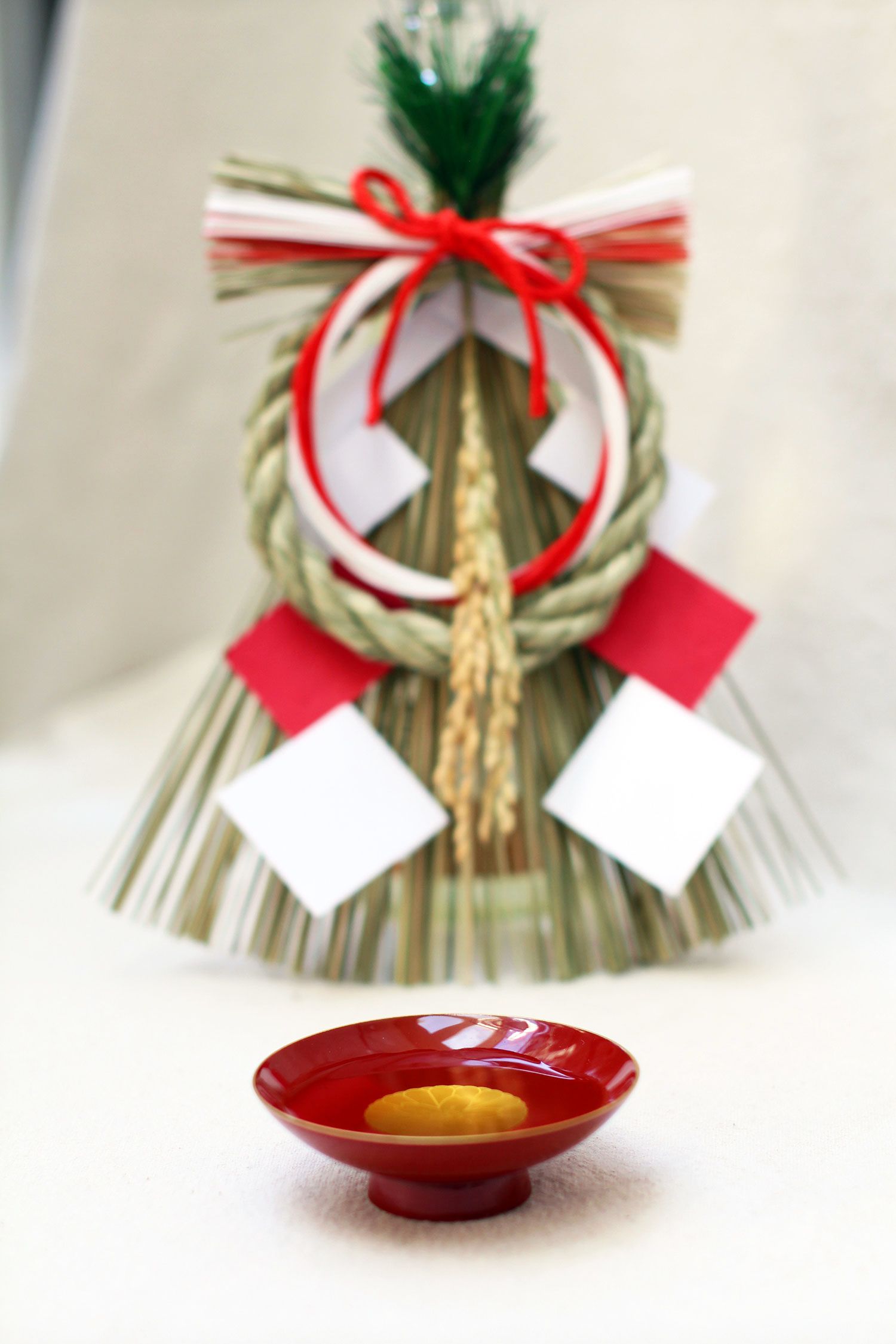
Otoso is first recorded to have been drunk by Emperor Saga, Japan’s 52nd emperor, who reigned in the 9th century. Drinking otoso for New Year celebrations was an integral part of Imperial court celebrations for hundreds of years, before becoming more widespread during the subsequent Edo period (1603 – 1868). Otoso is traditionally drunk on New Year’s Day, or in the first few days of the New Year, sipped from special stacking sake cups – sakazuki – and poured from a shapely lacquer teapot. Cups of otoso are sipped facing to the east, in order from youngest to oldest, to pass on the vivacity of the youth to the elders; it’s drunk before starting the official New Year meal.
Despite this illuminated past and distinguished customs, when I asked many friends and colleagues about otoso it was met with vague recollections at most – some recalled their grandparents preparing it for the family decades ago, some thought it was the general word for the sake drunk at New Year, others thought it was a tradition that belonged to a region that wasn’t theirs, many had never heard of it. It seems fell victim to changing tastes and ways of celebrating, and a perception of the formality and difficulty.
"I think that over time, people felt that the rigidity of traditional otoso culture didn’t fit this more relaxed environment – not to mention that many people don’t have the particular sake vessels," says Misa Murata of Verseau, a medicinal herb specialist.
But, as we look to slower ways of living and reviving the wisdom and practices of our ancestors, traditions have a way of sneaking back into everyday life.
"Through my work in the medicinal herb industry, I feel that people are becoming more and more interested in the possibilities of herbs. So I think that little by little, there is the chance for otoso culture to be revived," says Misa.
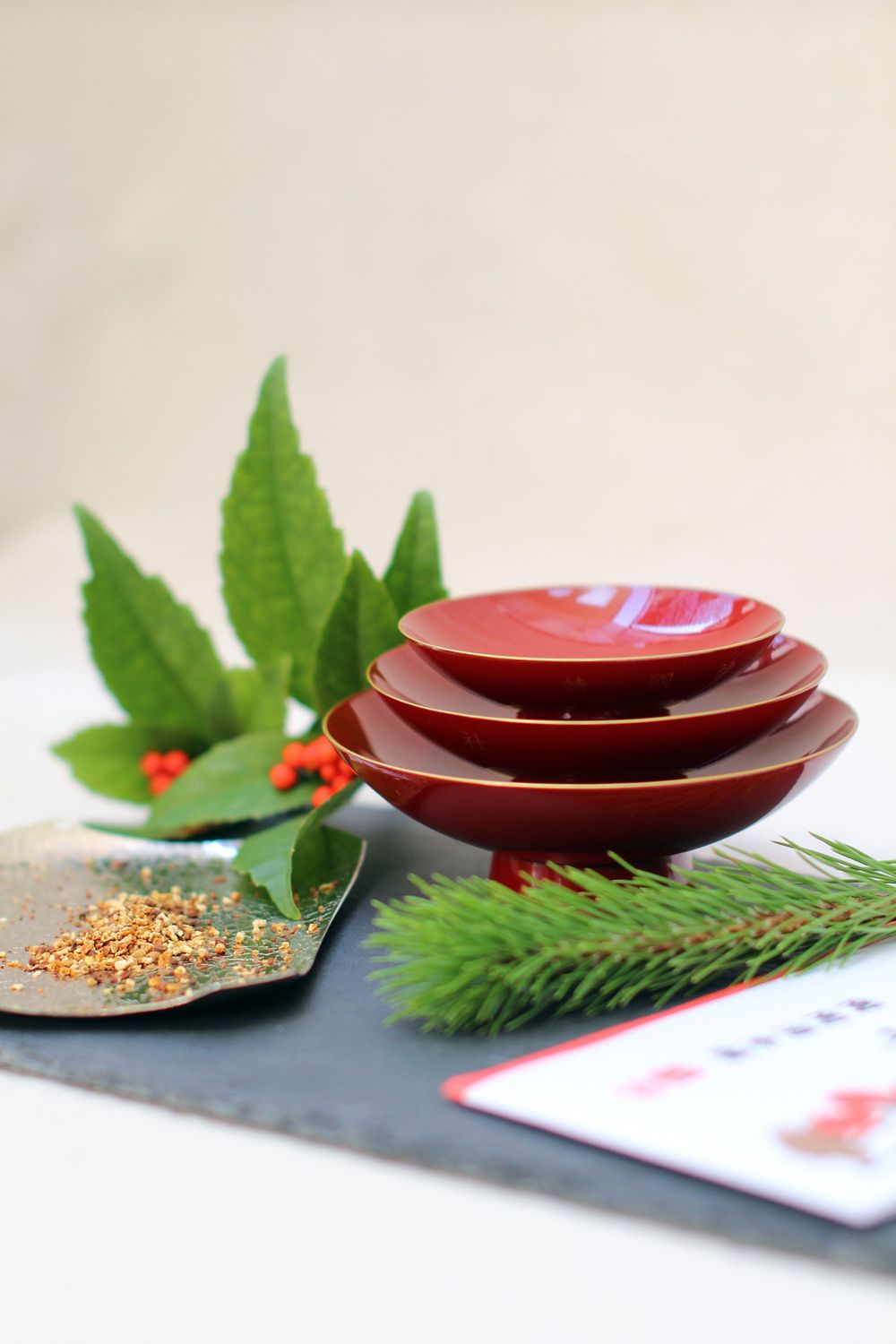
Sugimoto echoes this opinion, "in recent years, traditional Japanese culture and practices have been getting renewed attention. In addition to this, a lifestyle incorporating medicinal plants has also been attracting attention, so there is a good chance that the number of people who will adopt otoso may increase,” says Sugimoto.
At Sugimoto’s otoso workshops, he says that one of the assets is undoubtedly that it can be customised.
Sake and mirin contain nutrients such as glucose and amino acids, which can help promote blood circulation, amongst other effects. In general, otoso contains a slew of ingredients that can aid digestion at a time when our overindulged systems can use some help, and boost our immune systems in the chill of winter. That said, it is still booze, so the law of diminishing returns applies.
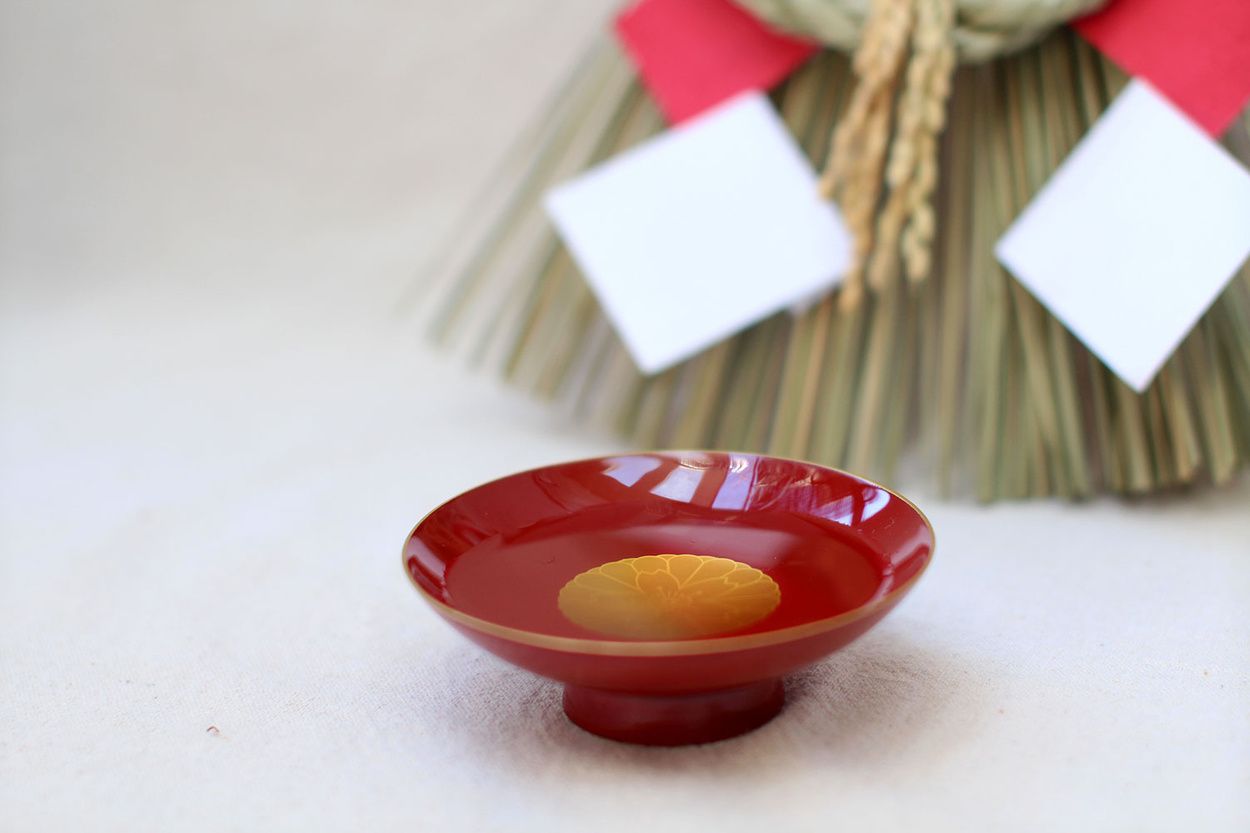
To prepare otoso
Prepare your tosoan of 5-10 kinds of traditional kanpo herbs and spices, such as sansho pepper, bellflower root, cinnamon, citrus peel, licorice, benihana, clove, cang zhu, and fennel are common ingredients. Combine about 300ml of sake and hon mirin (real-deal mirin, without additive and extra sugar), and soak the tososan pouch in it – if you are buying one pre-prepared. Making it from scratch, with herbs and spices to suit your preference, is also an option. A lot of sake makes it a drier brew, and a lot of mirin makes it quite sweet and rich, so adjust to your preference. Allow the mixture to infuse for 7-8 hours, then remove the spices.

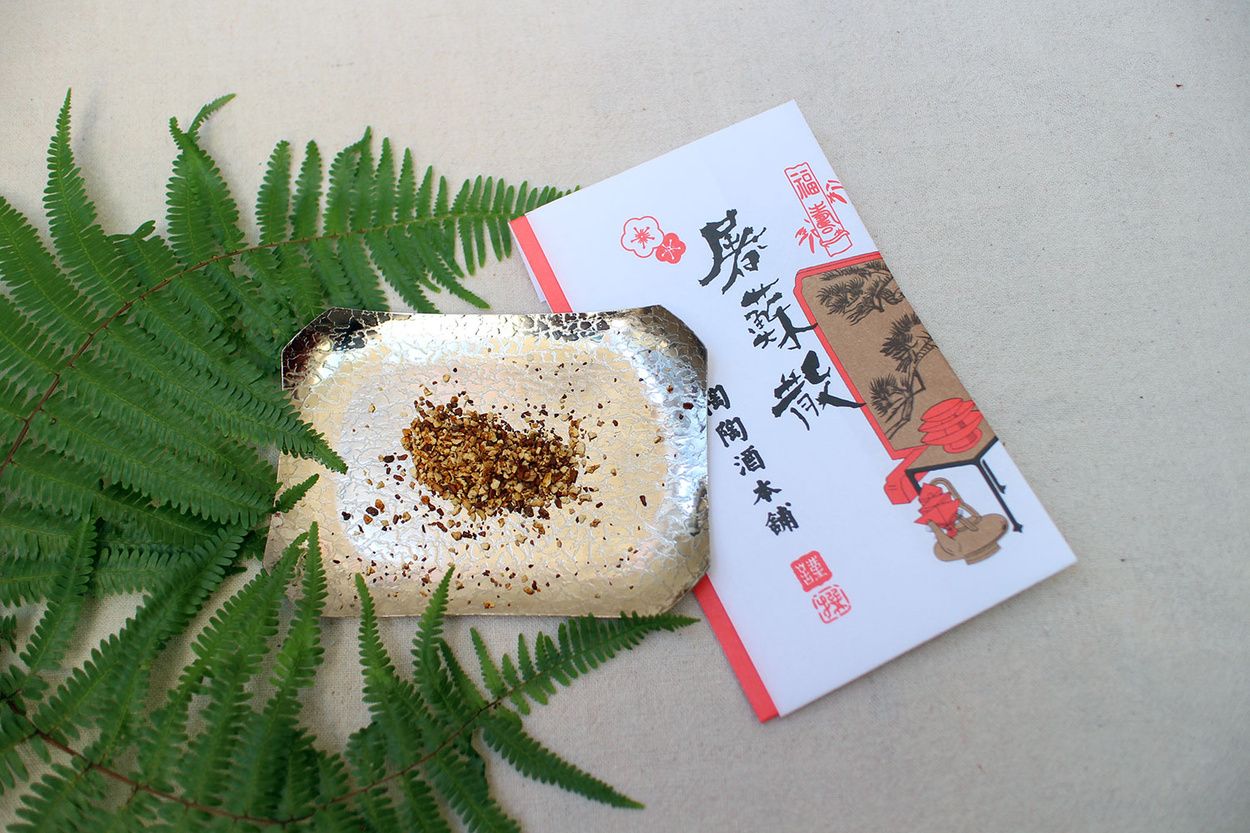
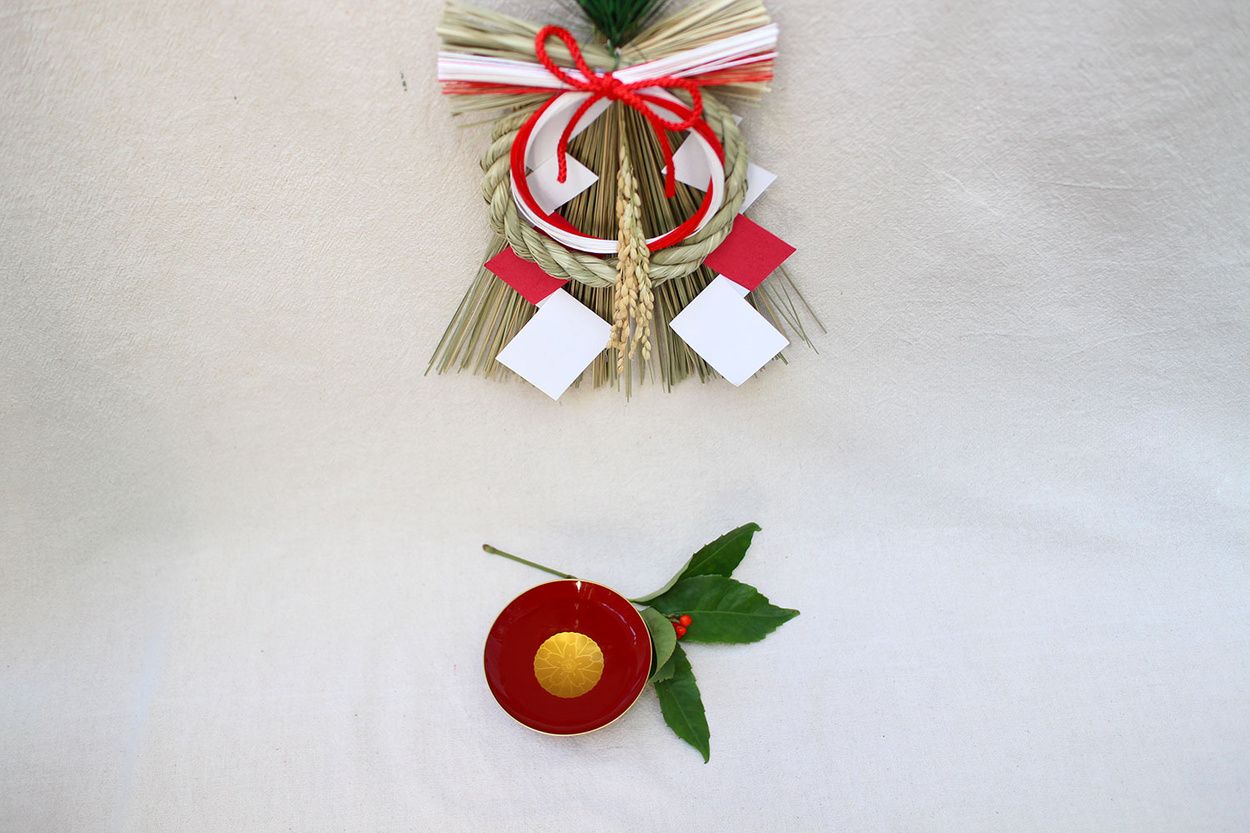
If you liked this article, please consider supporting APPETITE. Your donation will go towards project costs and paying creatives. One-off donations start from $5 via Buy Me a Coffee.

